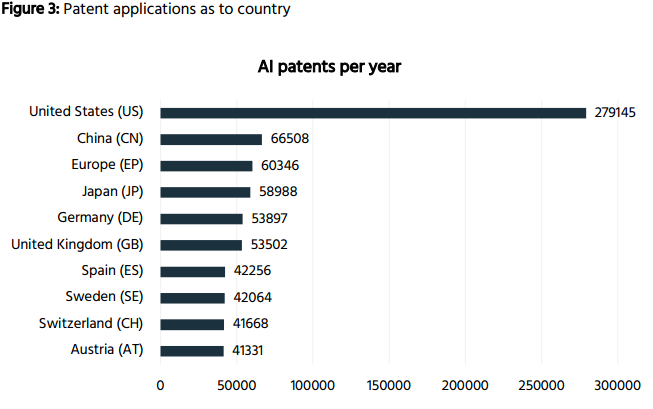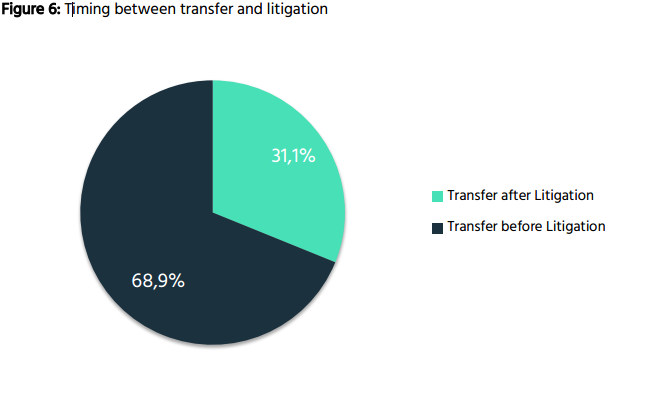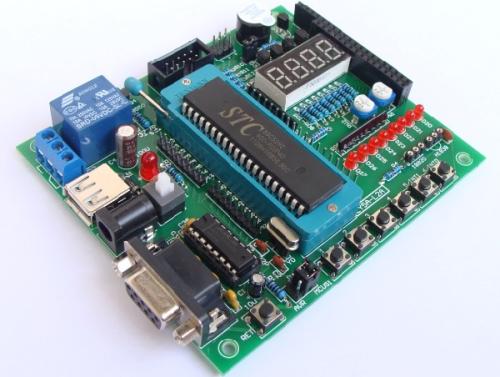To identify ai-related patents, IPlytics categorized and analyzed 448,684 AI patents into 204,947 patent families.

Figure 1: annual global ai patent filings.
To determine patent ownership, IPlytics aggregates each company's patent portfolio.
Among the top 10 ai patent holders, five are American, two are Japanese, one is Korean, one is German and one is Dutch.

Figure 2: the top 10 ai patent holders.
Most AI patents are filed in the United States, followed by China and the European Union.

Figure 3: number of AI patents filed in different countries.
IPlytics also USES indicators such as market coverage and technical relevance to analyze the advantages, disadvantages and positioning of the patent portfolio.Only five of the top ten patent holders have portfolios with high technology relevance, and IBM and Intel have the weakest portfolios.

Figure 4: AI patent market coverage and technology relevance overview.
Data from the IPlytics platform shows that between 2000 and 2018, the United States had 1,139 litigation patents in the field of artificial intelligence.

Figure 5: number of patent disputes in the field of artificial intelligence in the United States from 2000 to 2018.
Of these, 816 (71.6%) litigation patents were transferred at some point.Only 27.1% of non-litigation patents were transferred.
68.9% of patents had changed owners before litigation, and even 17.3% had changed owners in the same year.


 영어
영어  중국어
중국어  독일어
독일어  한국어
한국어  일본어
일본어  Farsi
Farsi  Portuguese
Portuguese  Russian
Russian  스페인어
스페인어 





